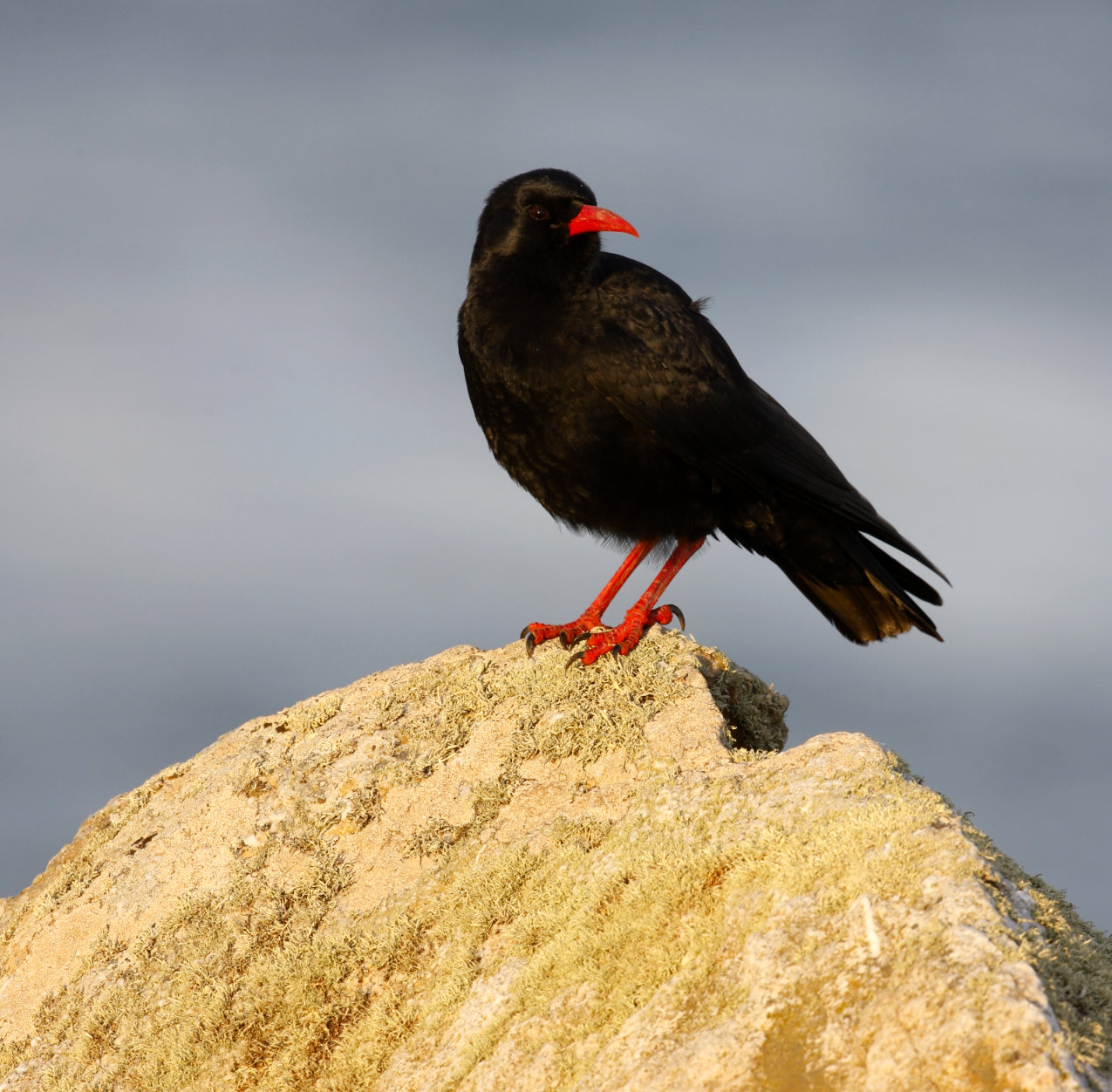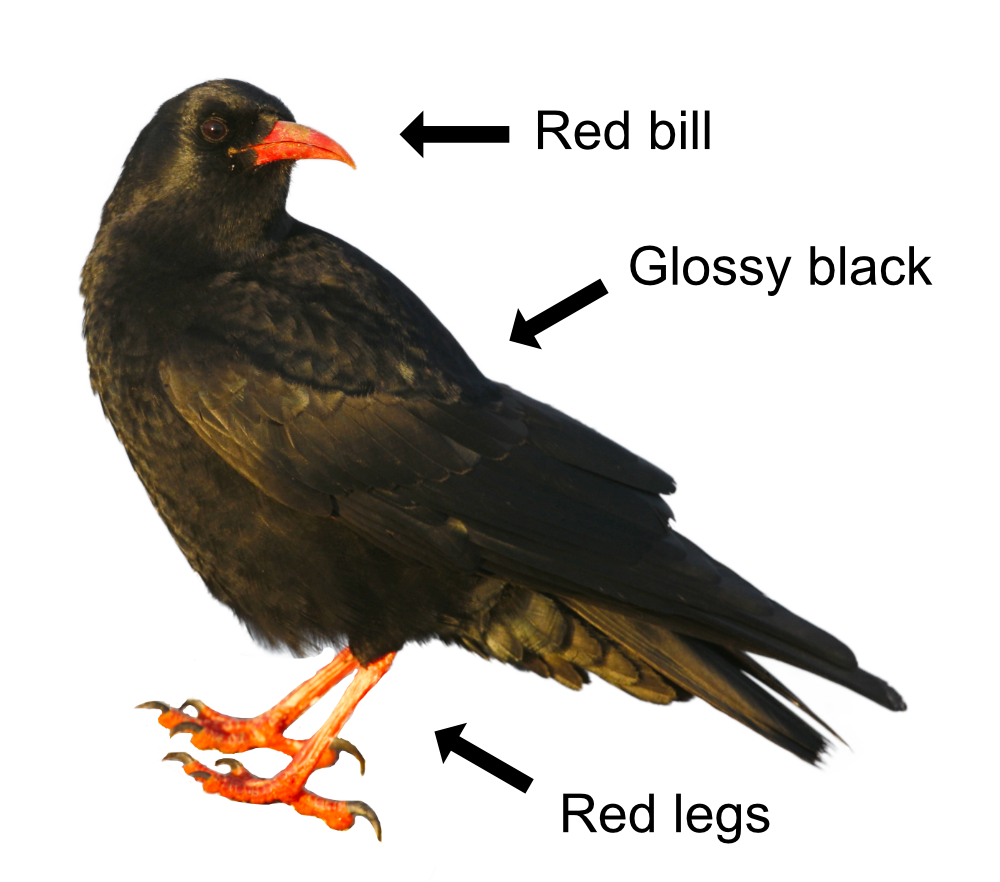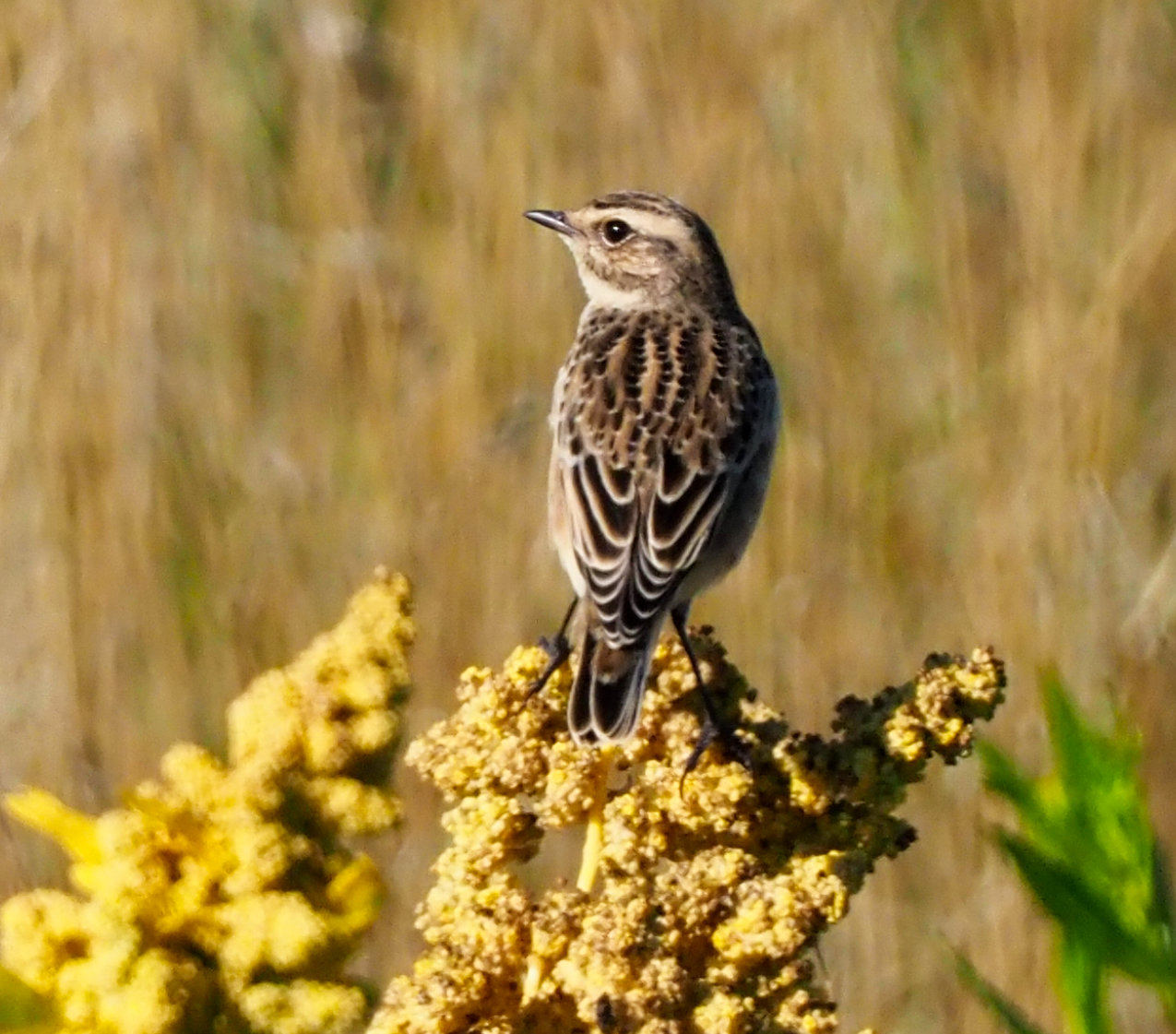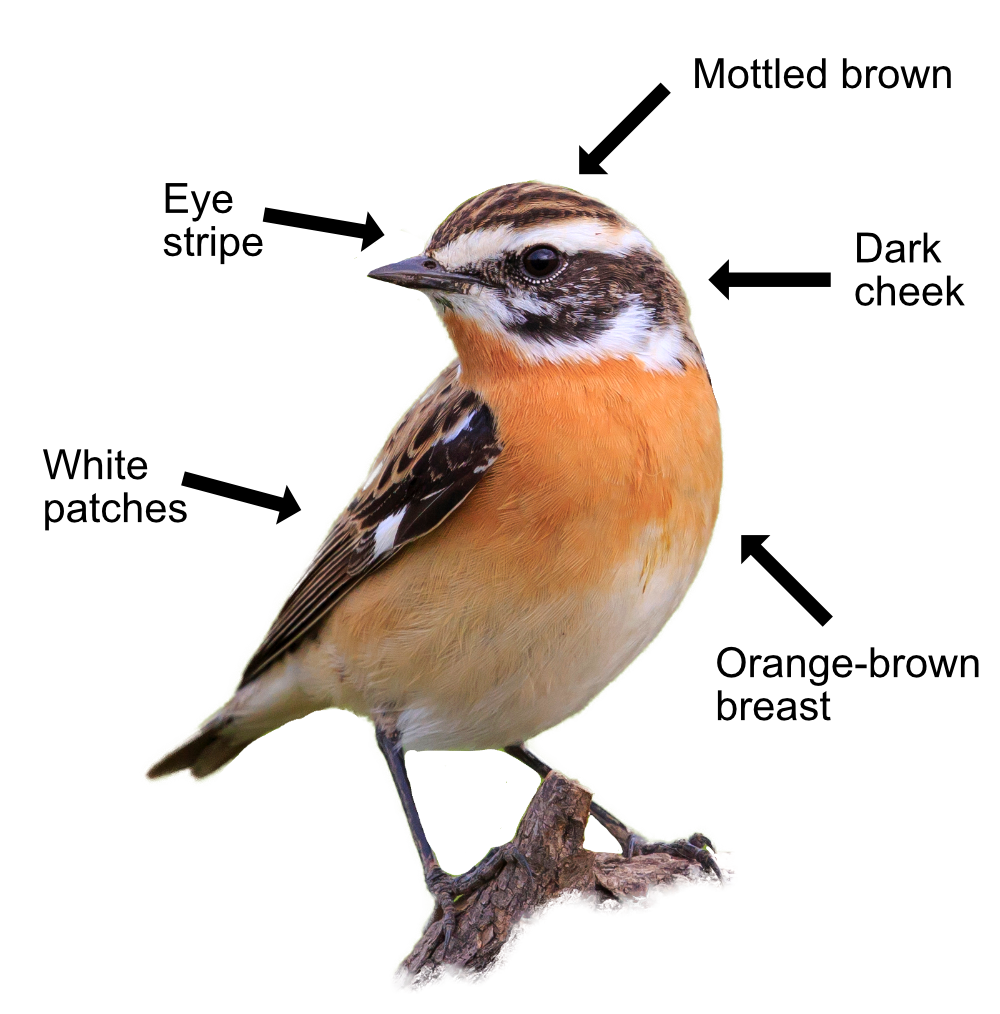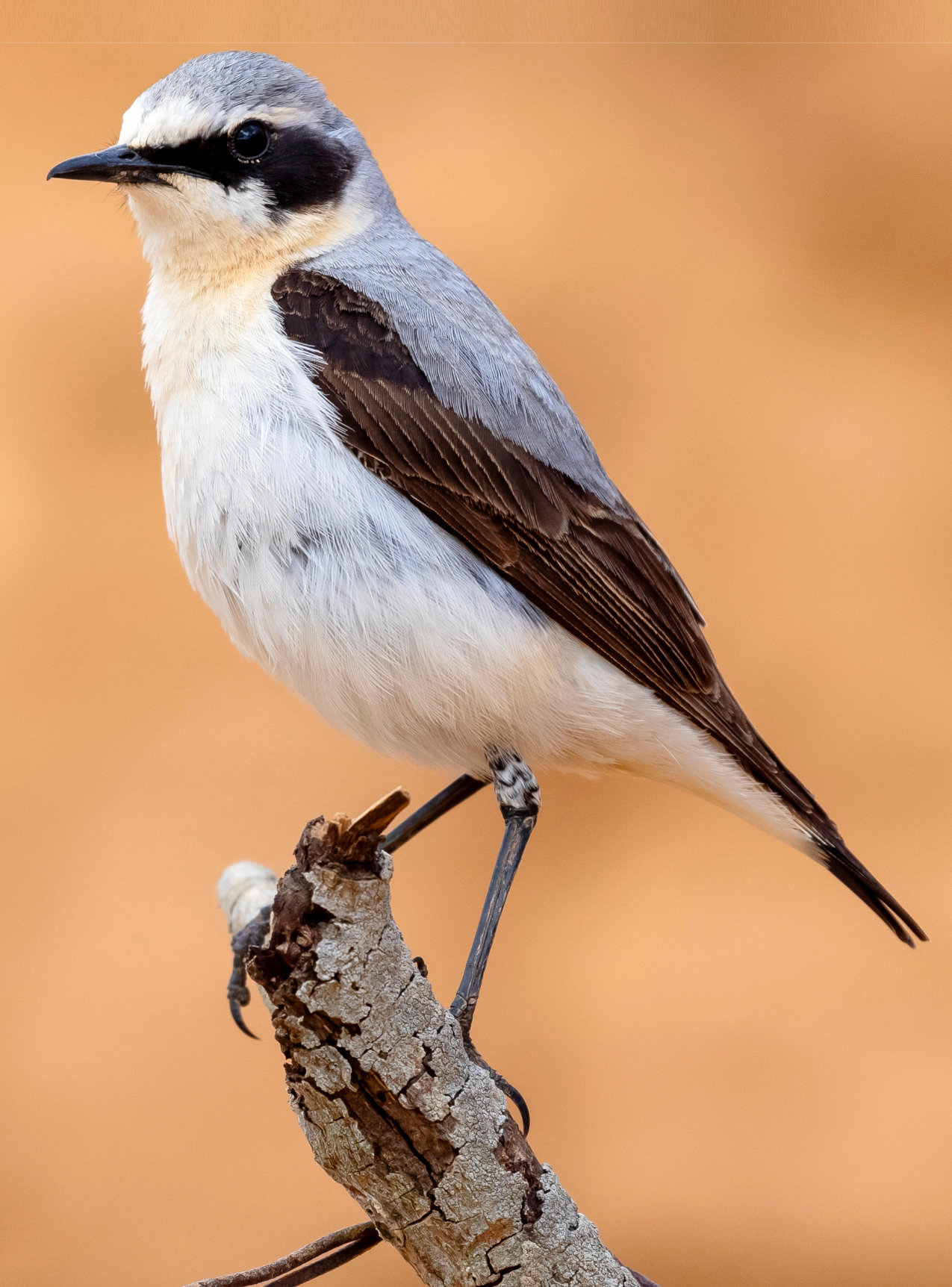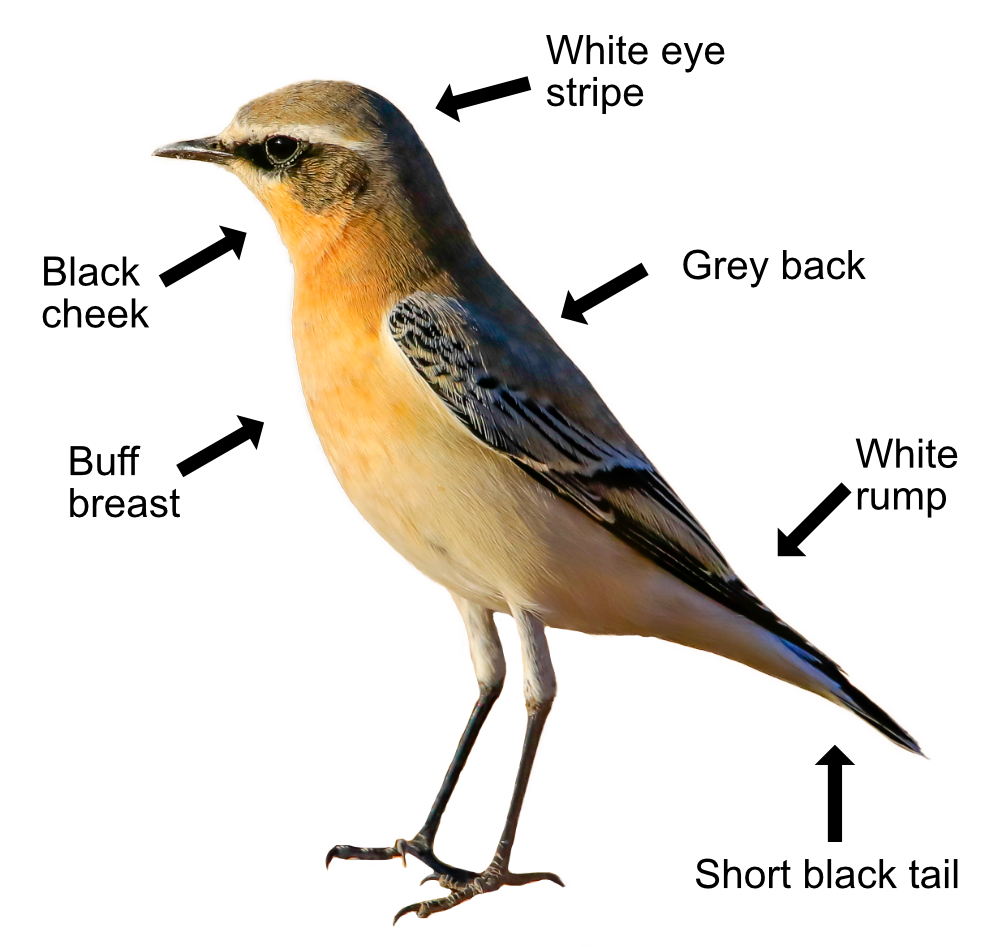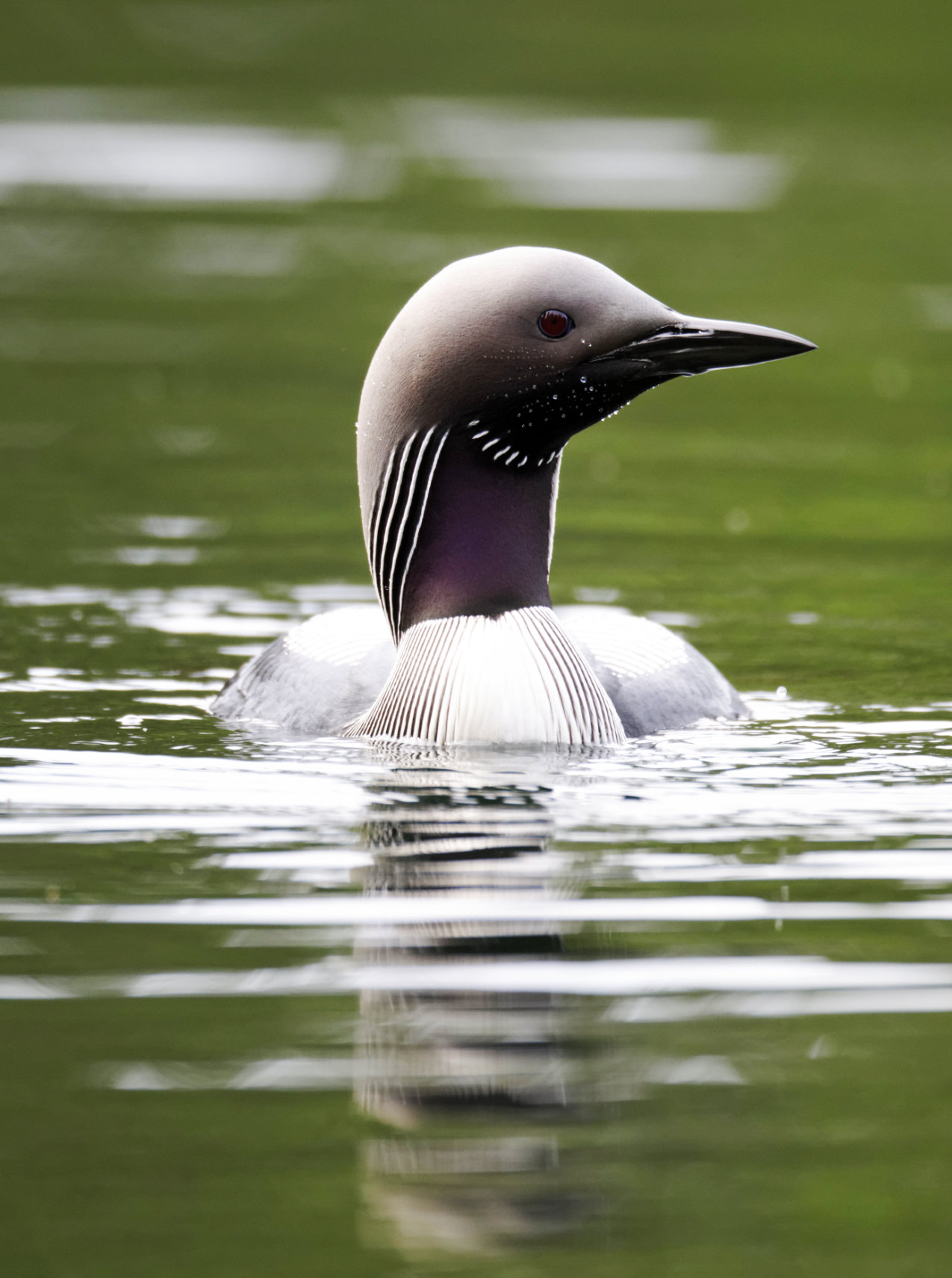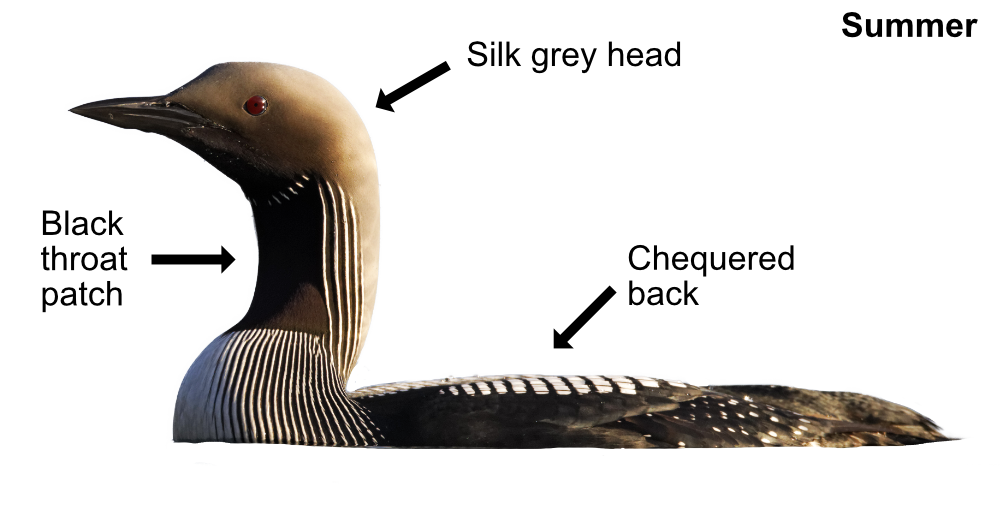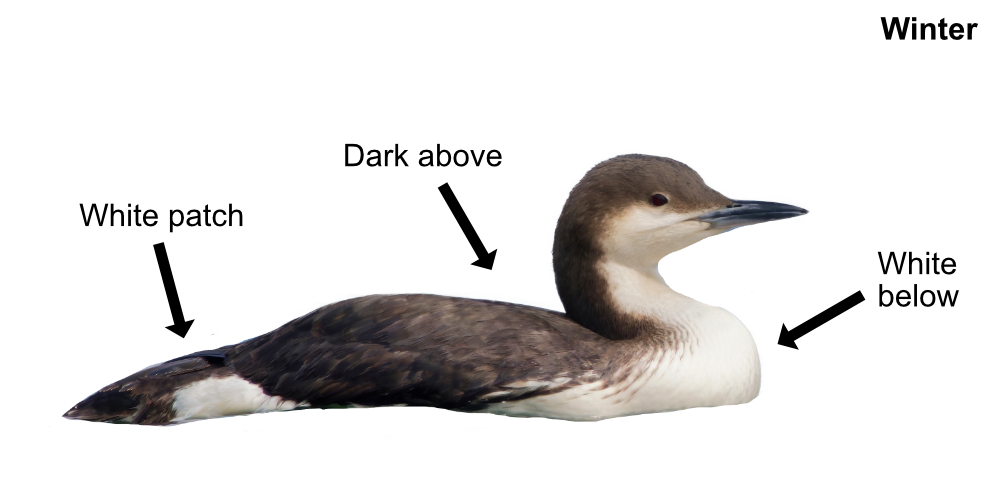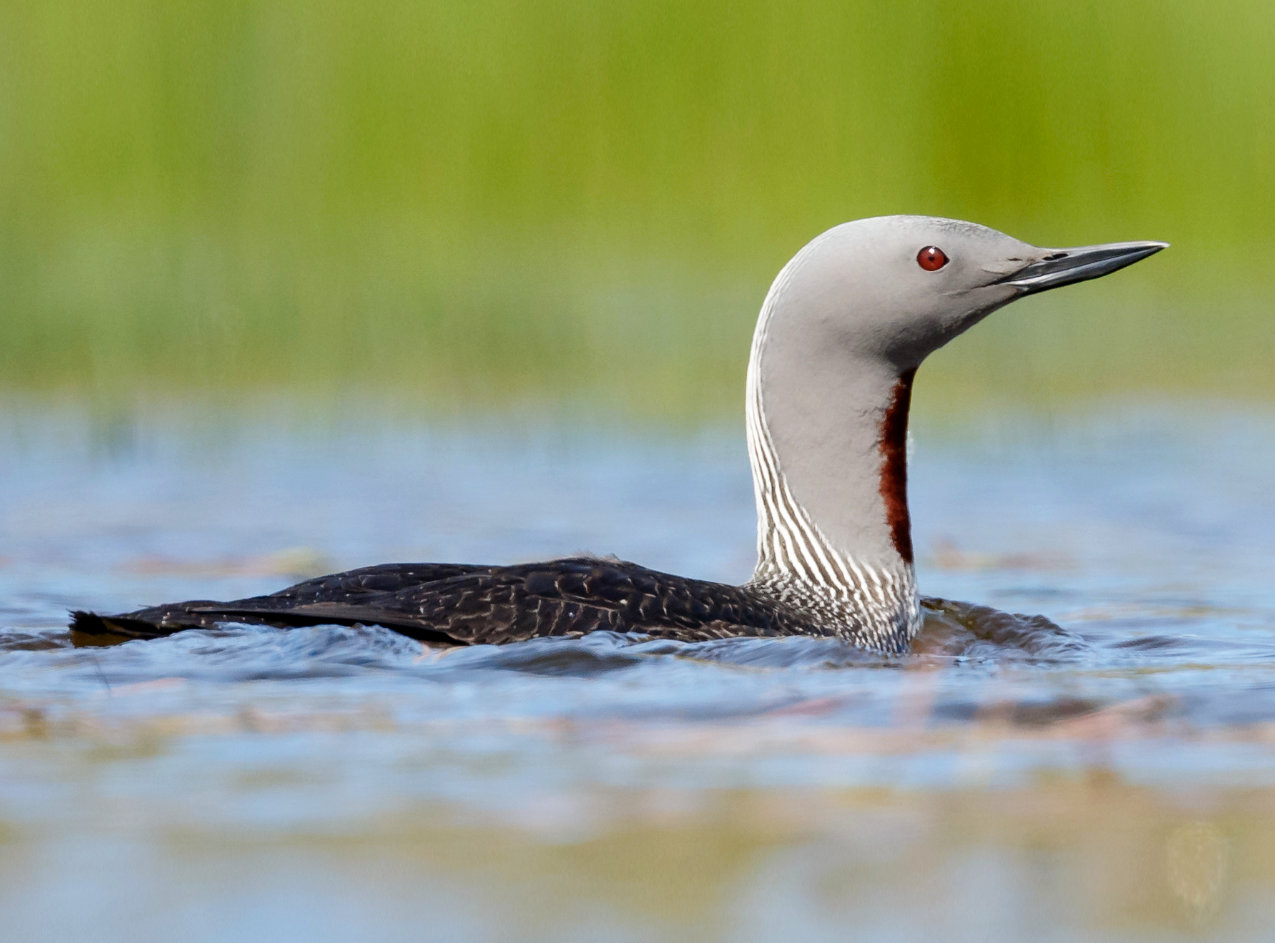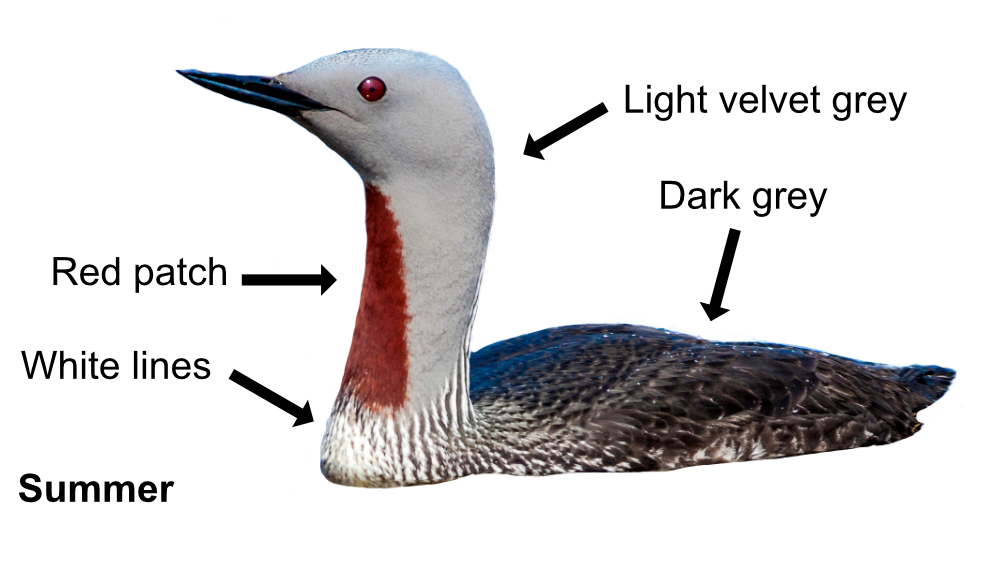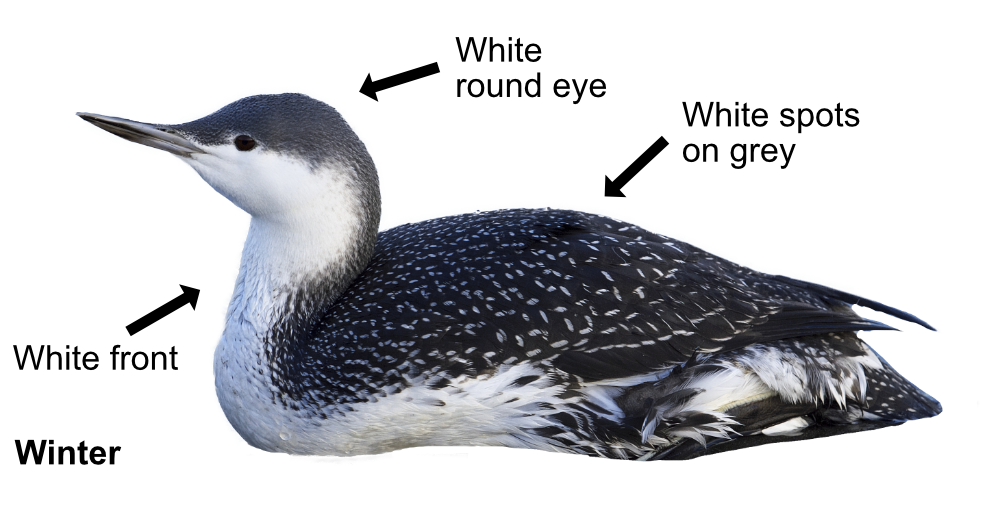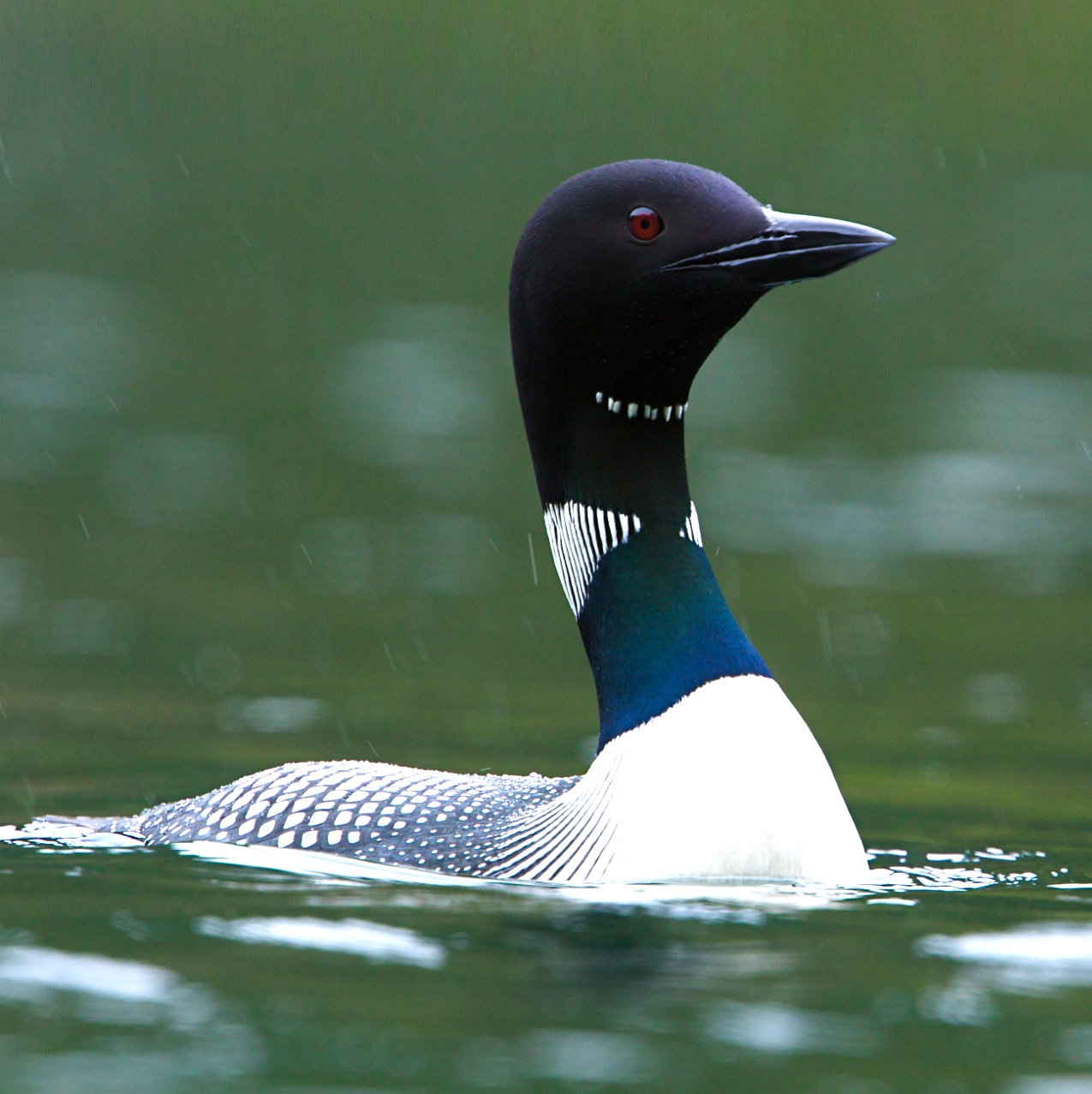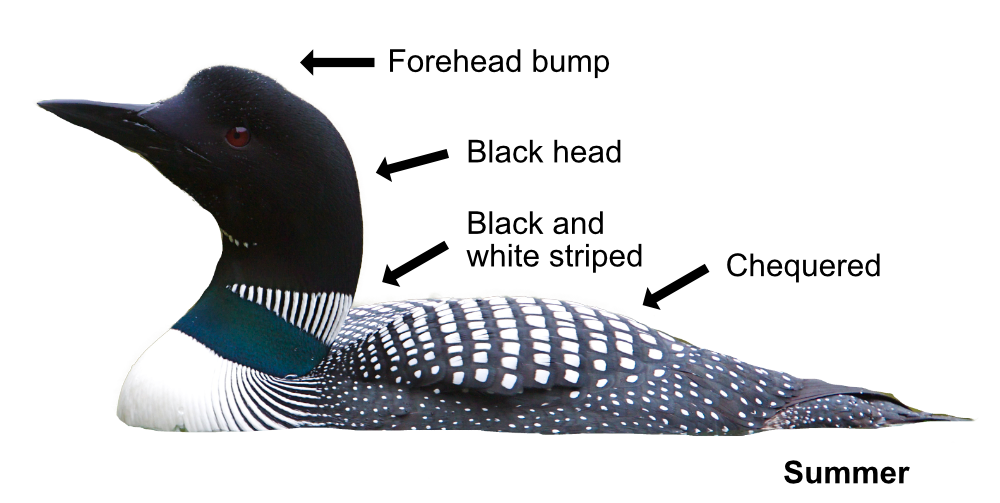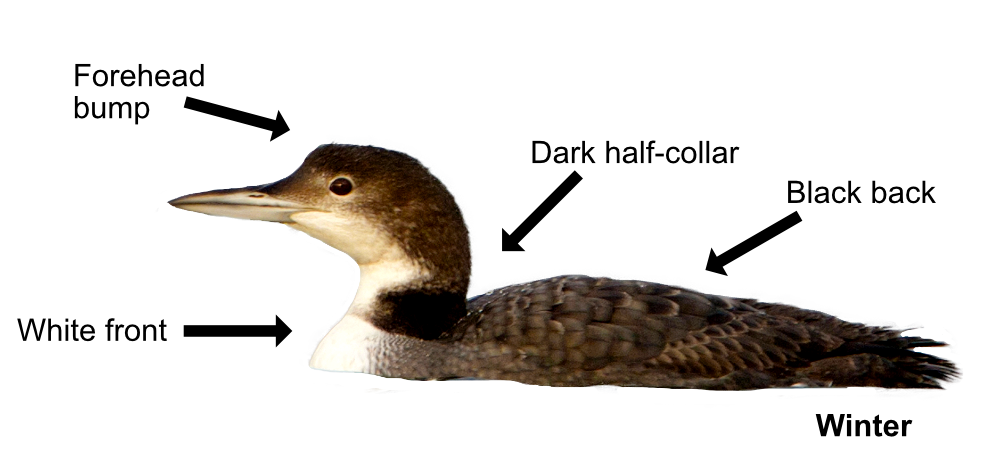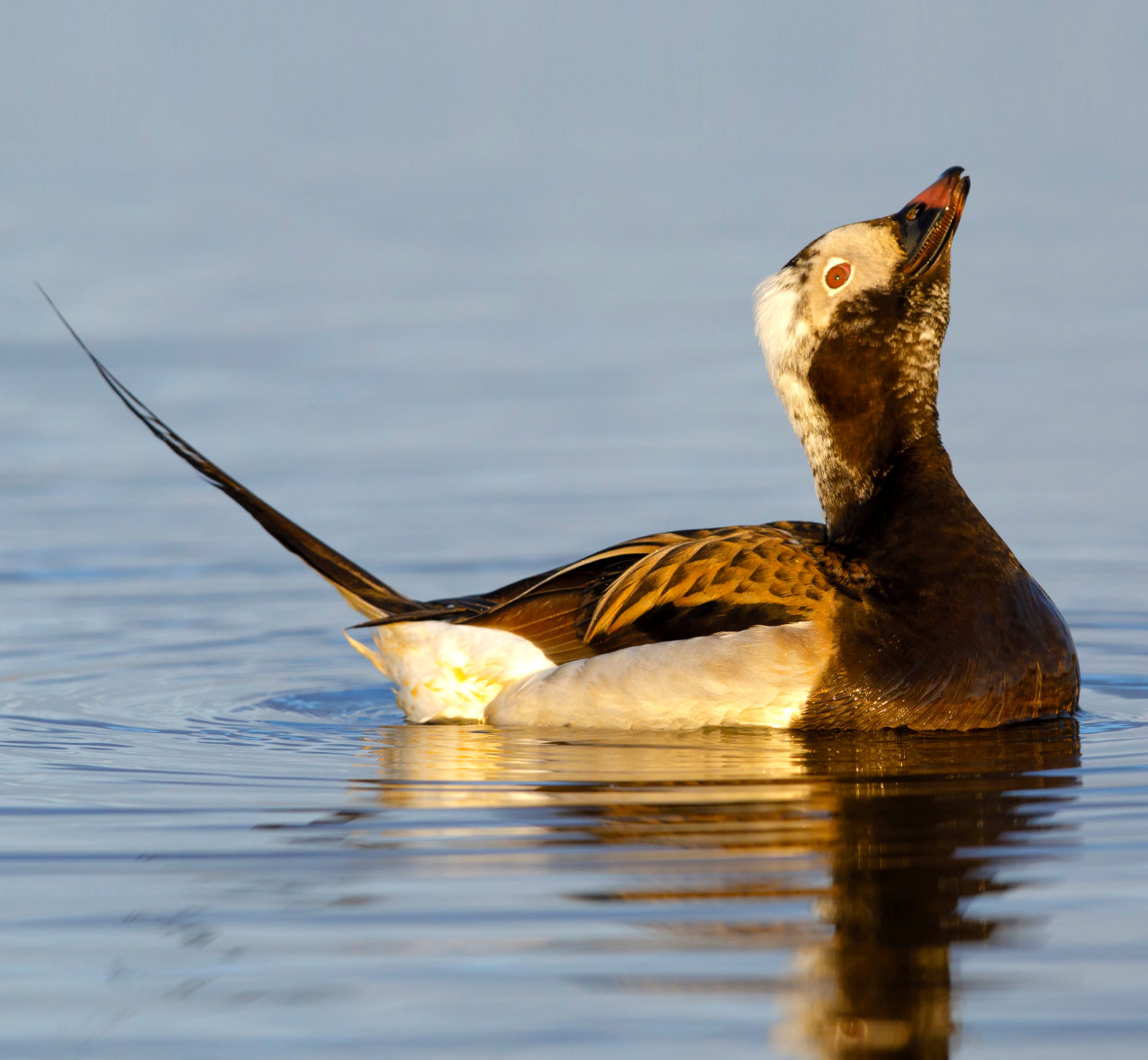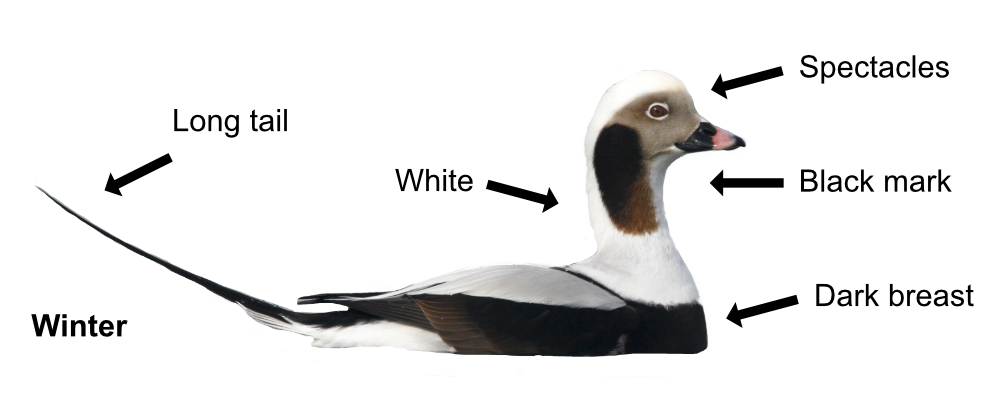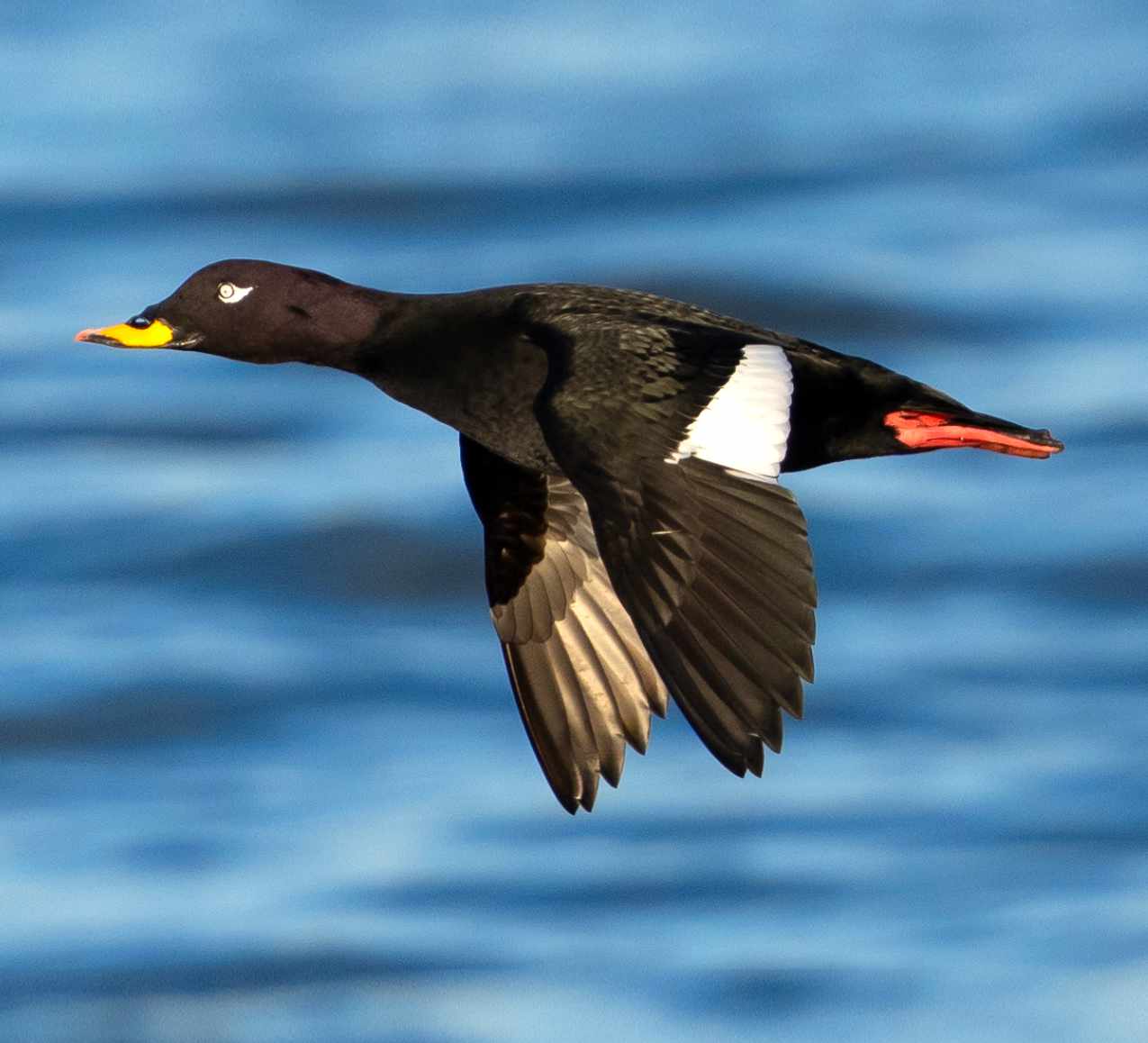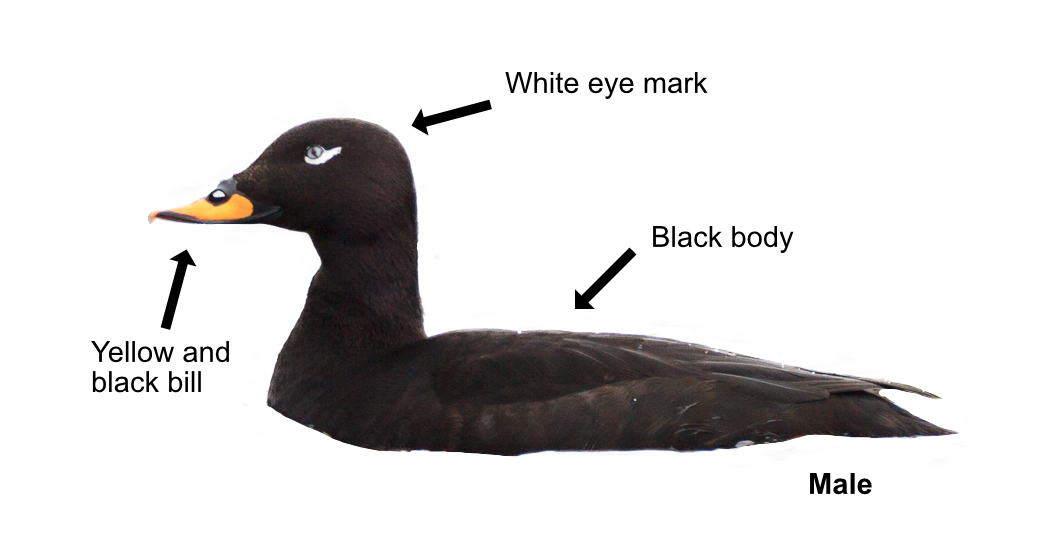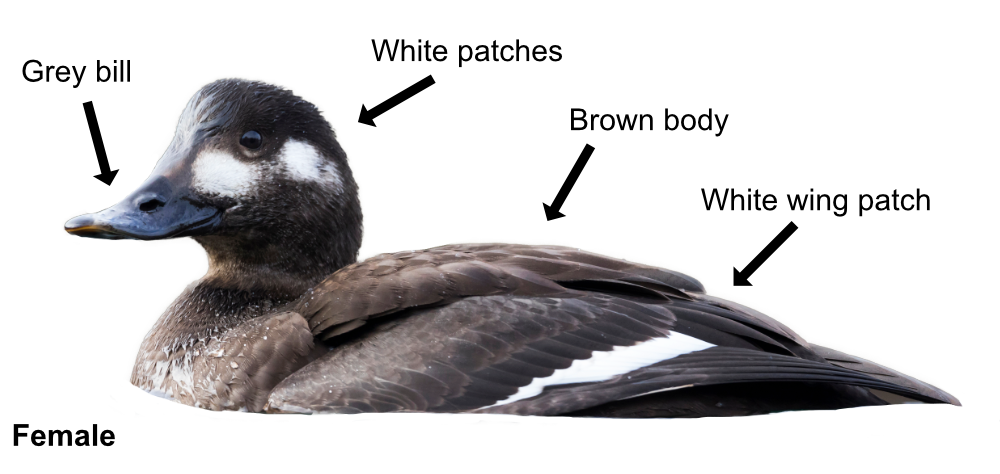When in an emotional situation, old advice is to take ten breaths to compose yourself. This is good advice and sounds simple, but it is incredibly difficult to remember to do when a crisis occurs. Too often after the event, we kick ourselves that we didn't take a deep breath or two instead of biting back or getting angry.
It is much better to develop a two-breath habit that you can do all the time. Why two? People will hardly notice the pause. If you are worried about the time gap, start with one. Do it before doing anything. Take two breaths before speaking, before drinking your first cup of coffee, before getting into the car, before anything. Doing it this way soon makes taking two breaths a natural habit without thinking.
Those few seconds will enrich your life. It will let you clear your mind of work and give your children your full attention when they ask a question. It will give you time to stop yourself from snapping back at your partner and avoid that row that should not have happened. It will stop you from shouting back when someone shouts at you and help you stay calm. It will give you time to think in a stressful situation and deliver a measured response. It will give you time to decide if you are going to join in with a colleague's unkind gossip or remain neutral. It will keep on giving.
The greatest habit is to breathe at least once before opening your mouth.
